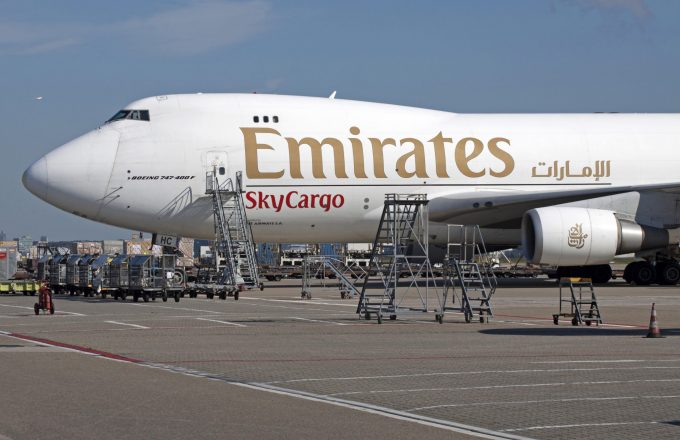'Another painful headache for shippers' as Asia-N Europe rate rally ends
It seems the recent container freight spot rate rally on the Asia-North Europe trade might ...

While shipping around the Cape of Good Hope has increased ship emissions, by adding distance and voyage duration, uncertainty in maritime supply chains has led to a shift toward air cargo for some shippers.
This has created a massive secondary increase in CO2, which dwarfs that ...

Comment on this article